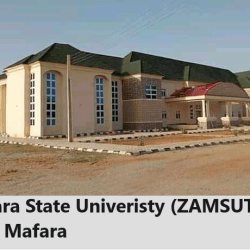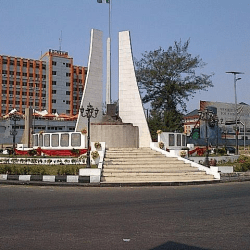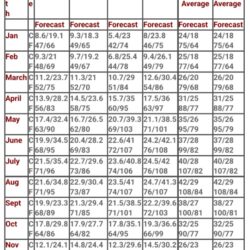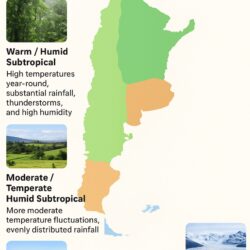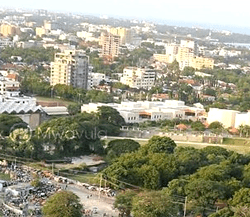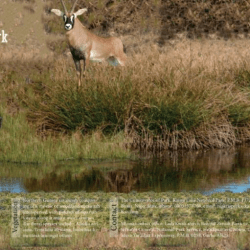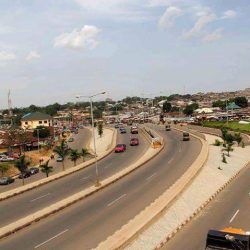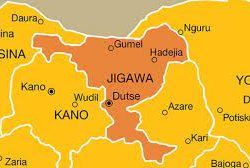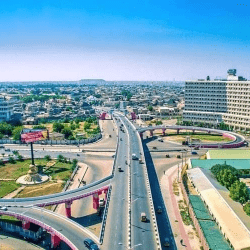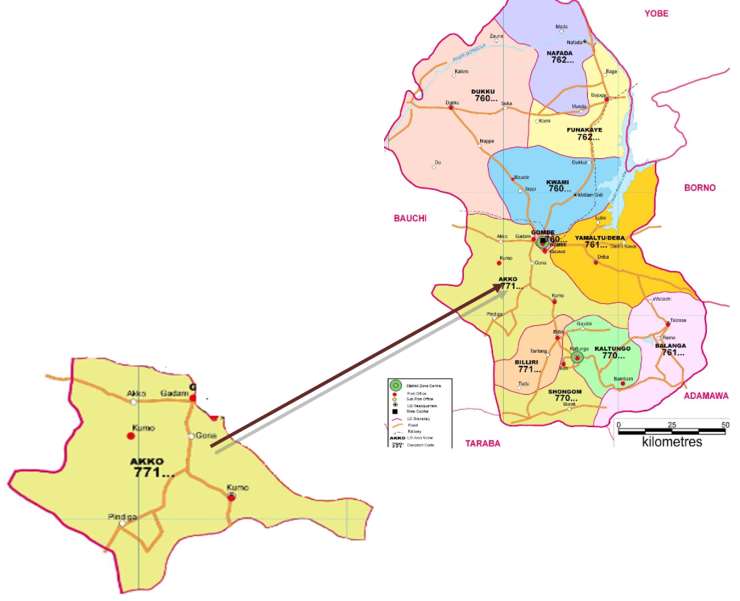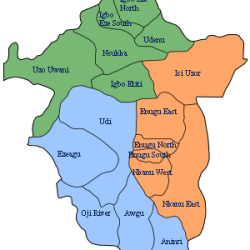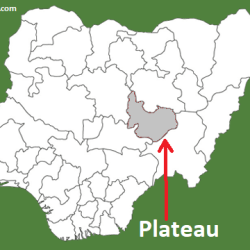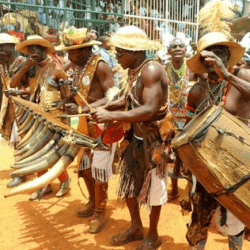The climate in Angola has two seasons: the rainy season, the hottest period that occurs between the months of September and May, and the Cacimbo. Cacimbo or Seca is less hot and lasts from May to September.
The country has a peculiar geographical situation, as it is in the inter-tropical and sub-tropical zone of the Southern Hemisphere, is close to the sea, and due to the specificities of its relief, it is divided into two distinct climatic regions:
• The Coastal Region – with an average annual relative humidity of 30% and an average temperature above 23°C;
• The Interior Region, sub-divided into the North Zone, with high rainfall and high temperatures, the Altitude Zone that covers the central plateau regions with a dry season of low temperatures and the Southwest Zone, semi-arid as a result of the proximity of the Namib Desert, an extension of the Kalahari Desert, subject to large continental tropical air masses.
The average temperatures in the country are: 27°C maximum and 17°C minimum
This climatic diversity corresponds to a tourist potential represented by a natural heritage rich in diversified flora and fauna, enabling the practice of all kinds of leisure activities, hobbies and adventures.
Angola
Angola is a country on the west-central coast of Southern Africa. It is bordered by Namibia to the south, the Democratic Republic of the Congo to the north, Zambia to the east, and the Atlantic Ocean to the west.

Angola has an exclave province, the province of Cabinda, that borders the Republic of the Congo and the Democratic Republic of the Congo.



The capital and most populous city is Luanda.
Basic facts
Capital: Luanda
Official language: Portuguese
Currency: Angolan Kwanza
Government: Republic, Presidential system, Unitary state
Population: 34.5 million (2021) World Bank
Dialing code: +244
| Urban Population, 2020: | 66.8% |
| Female Population, 2020: | 51.2% |
| GDP: | US$ 58.5 Billion |
| GNI Per Capita 2016: | US$ 2,230 |
| Inflation Rate December 2020: | 25.1% |
| Crude Birth Rate 2020(per 1000): | 42.72% |
| Human Development Index (rank / 189): | 148 |
| Human Development Index (scale 0 to 1): | 0.581 |
| Membership Date: | 23/06/1980 |
| Cumulative Approvals (1980-2021): | UA 2.95 Billion |




As of 2021, the Angolan population is estimated at 32.87 million. Angola is multicultural and multiethnic. Angolan culture reflects centuries of Portuguese influence, namely the predominance of the Portuguese language and of the Catholic Church, intermingled with a variety of indigenous customs and traditions.
Angola has vast mineral and petroleum reserves, and its economy is among the fastest-growing in the world, especially since the end of the civil war; however, economic growth is highly uneven, with most of the nation’s wealth concentrated in a disproportionately small part of the population.
The standard of living remains low for most Angolans; life expectancy is among the lowest in the world, while infant mortality is among the highest.
The largest investment and trade partners are China, the European Union, and the United States.
Angola is a member of the United Nations, African Union, the Community of Portuguese Language Countries, and the Southern African Development Community.
